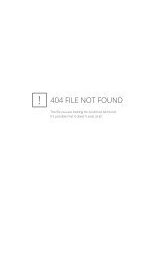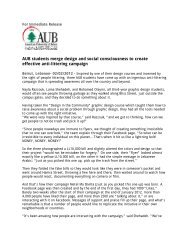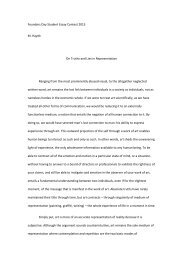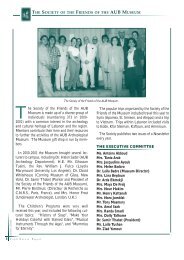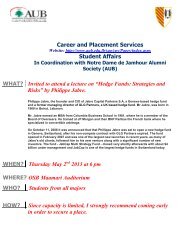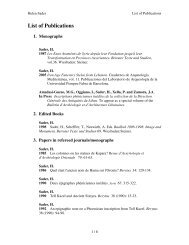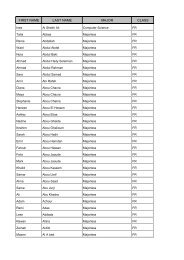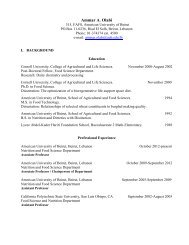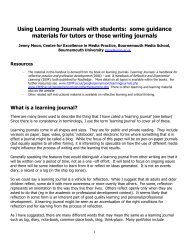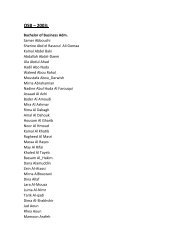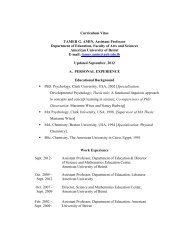The IX t h Makassed Medical Congress - American University of Beirut
The IX t h Makassed Medical Congress - American University of Beirut
The IX t h Makassed Medical Congress - American University of Beirut
Create successful ePaper yourself
Turn your PDF publications into a flip-book with our unique Google optimized e-Paper software.
T h e I X t h M a k a s e d M e d i c a l C o n g r e s s<br />
Currently, there are no consensus guidelines for the management <strong>of</strong> H pylori infected children.<br />
Duodenal ulcer disease associated with H pylori is the only definite indication to treat this infection<br />
in children.<br />
Treatment studies on children are particularly difficult because <strong>of</strong> the small number <strong>of</strong> infected<br />
children in each individual center. As a first-line treatment, bismuth triple therapies (Bis, Clari, and<br />
Metro) were more efficacious than proton pump inhibitor triple therapies. Compliance is a very<br />
important factor in achieving high eradication rates in children.<br />
Reinfection in adults and older children following successful treatment is rare. A treated child for<br />
H pylori infection should be assessed to whether that treatment has been successful or not. This<br />
can be achieved noninvasively using the 13C-urea breath test.<br />
Conclusion:<br />
• Should receive treatment: All children with a duodenal ulcer who have H pylori infection<br />
• Consider treatment: If infected children have a strong family history <strong>of</strong> duodenal ulcer<br />
disease or gastric cancer.<br />
• May be <strong>of</strong> benefit treatment: Children with sideropaenic anaemia which is refractory to<br />
treatment with iron should be screened for H pylori infection.<br />
• No data/Benefit treatment: Children with recurrent abdominal pain.<br />
NUTRITION IN PREVENTION OF FOOD ALLERGY<br />
Dominique Turck MD<br />
Both the frequency and severity <strong>of</strong> food allergy are increasing. <strong>The</strong> primary strategy in the<br />
prevention <strong>of</strong> food allergy relies first on the detection <strong>of</strong> at risk newborns, i.e. with allergic first degree<br />
relatives. In this targeted population, as well as for the general population, exclusive breastfeeding<br />
is recommended until the age <strong>of</strong> 6 months. In the absence <strong>of</strong> breastfeeding, prevention consists<br />
in feeding at risk newborns until the age <strong>of</strong> 4 to 6 months with a partially hydrolysed formula or<br />
“hypoallergenic” formula, provided that its efficiency has been demonstrated by well-designed<br />
clinical trials. Soy based formulae are not recommended for allergy prevention. Complementary<br />
feeding, i.e. solid foods and liquids other than breast milk or infant formula and follow-on formula,<br />
should not be introduced before 17 weeks and not later than 26 weeks. <strong>The</strong>re is no convincing<br />
evidence that avoidance or delayed introduction <strong>of</strong> potentially allergenic foods, such as fish<br />
and eggs, reduces allergies, either in infants considered at risk for the development <strong>of</strong> allergy,<br />
or in the general population. It is prudent to avoid both early (



